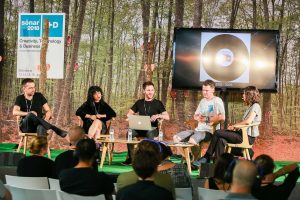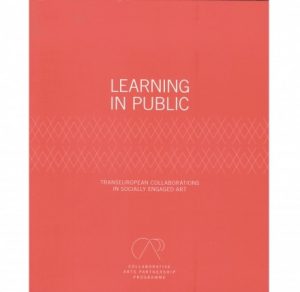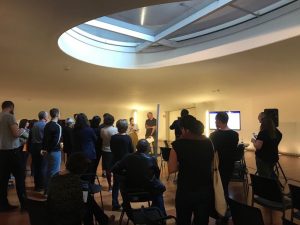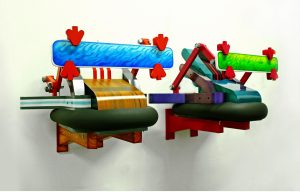Ana Rodríguez-Granell participates with the article “Del Expresionismo a la Revolución: fundamentos estéticos y políticos de la Räterepublik (1918-1919)” in Aisthesis nº 63.

This article aims to expose the links between the aesthetic ideas of German Romanticism and the political discourse of the Bavarian Revolution of November 1918. By examining the process of politicization of the expressionist movement, we will see how concepts originated from Nietzschean philosophy or romantic mysticism were incorporated into the philoanarchist thought of the Räterepublik, in order to paradoxically overcome utopian strata and bring to praxis their alternative left wing social project. Thus, we will try to insert the discourses of Kurt Eisner, Erich Müsahm or Gustav Landauer in the debate on the modern dialectic and the critic to enlightened reason.
Views: 0







